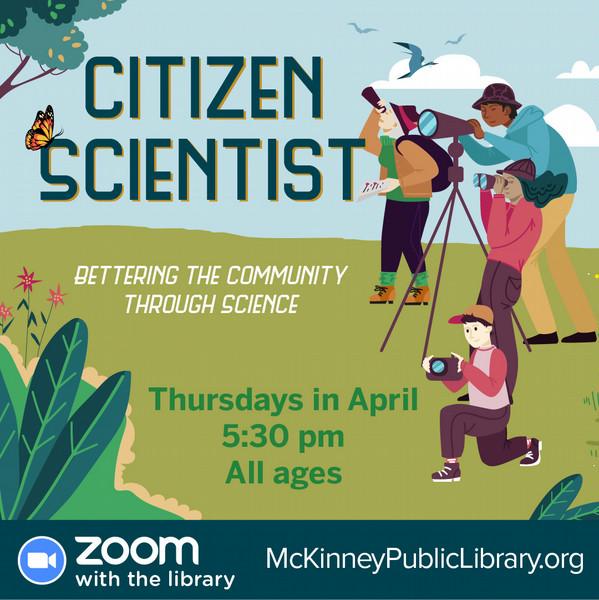In a compelling new study highlighted by The New York Times, citizen scientists are proving to be invaluable allies in the advancement of ecological research. By harnessing the collective efforts of volunteers from diverse backgrounds, researchers are accelerating data collection and broadening the scope of environmental studies. This growing collaboration between professional scientists and engaged members of the public is not only enhancing the understanding of ecosystems but also driving more timely and effective conservation efforts worldwide.
Citizen Scientists Boost Data Collection and Expand Research Reach
In recent years, the involvement of citizen scientists has revolutionized data acquisition in ecology, enabling researchers to gather vast amounts of information across diverse habitats and seasons. Volunteers from all walks of life contribute observations, photographs, and samples that would be otherwise unattainable due to limited funding or personnel. This grassroots participation not only accelerates timelines but also introduces new geographical insights, filling critical gaps in biodiversity monitoring and environmental change assessments.
Contributions of Citizen Scientists Include:
- Recording species distribution through mobile apps
- Monitoring migration patterns using GPS tagging
- Collecting soil and water quality samples
- Reporting invasive species outbreaks
| Research Area | Data Volume Increase | Geographical Coverage |
|---|---|---|
| Bird Migration | +350% | Expanded to 30 new countries |
| Pollinator Monitoring | +280% | Across urban and rural zones |
| Forest Health | +400% | Includes remote wilderness areas |
Collaboration Between Professionals and Volunteers Enhances Ecological Understanding
Integrating volunteers with seasoned ecologists has proven to be a game-changer for advancing ecological research. Citizen scientists bring not only their enthusiasm and community knowledge but also a vast network of local observations that often go unnoticed by traditional studies. When these observations are combined with the analytical expertise of professionals, the accuracy and scope of ecological datasets improve dramatically. This partnership has already uncovered previously undocumented species behaviors, migration shifts, and habitat changes. Moreover, these collaborations foster a dynamic learning environment where volunteers gain scientific skills while contributing valuable data.
Key benefits of this collaboration include:
- Expanded data collection: Diverse geographic coverage and timeframes beyond what professionals alone can achieve.
- Increased public engagement: Volunteers feel empowered, promoting conservation efforts within their communities.
- Cost efficiency: Reduces research expenses by leveraging community participation.
| Collaboration Aspect | Impact on Ecological Research |
|---|---|
| Data Volume | 10x increase in species observations |
| Data Quality | Enhanced through expert validation |
| Community Engagement | Stronger support for conservation initiatives |
Experts Urge Integration of Citizen Data into Conservation Policy Planning
Leading ecologists stress the critical role that data collected by citizen scientists can play in shaping more effective and inclusive conservation strategies. These volunteers, often armed with smartphones and a passion for the environment, generate valuable datasets that cover vast geographic areas and diverse species populations. Integrating this grassroots information with traditional scientific research could dramatically enhance policymakers’ ability to detect ecological trends and respond promptly to environmental threats.
Experts recommend a structured framework that combines citizen data with professional studies to ensure accuracy and reliability. Key benefits identified include:
- Increased data volume: Millions of observations filling gaps unreachable by limited field teams.
- Enhanced biodiversity monitoring: Real-time updates on species distribution changes.
- Community engagement: Fostering stewardship through active public participation.
| Data Source | Benefit | Example |
|---|---|---|
| Citizen Observations | Broad Spatial Coverage | Urban bird counts |
| Professional Research | High Accuracy | Laboratory species identification |
| Integrated Database | Comprehensive Insights | Climate impact modeling |
The Conclusion
As citizen scientists continue to contribute valuable data and fresh perspectives, their role in advancing ecological research grows increasingly vital. The study highlighted by The New York Times underscores how these community-driven efforts are not only enriching scientific understanding but also fostering greater public engagement with environmental issues. As the boundaries between professional researchers and amateur enthusiasts blur, the future of ecology may well depend on this collaborative approach to exploring and preserving the natural world.
